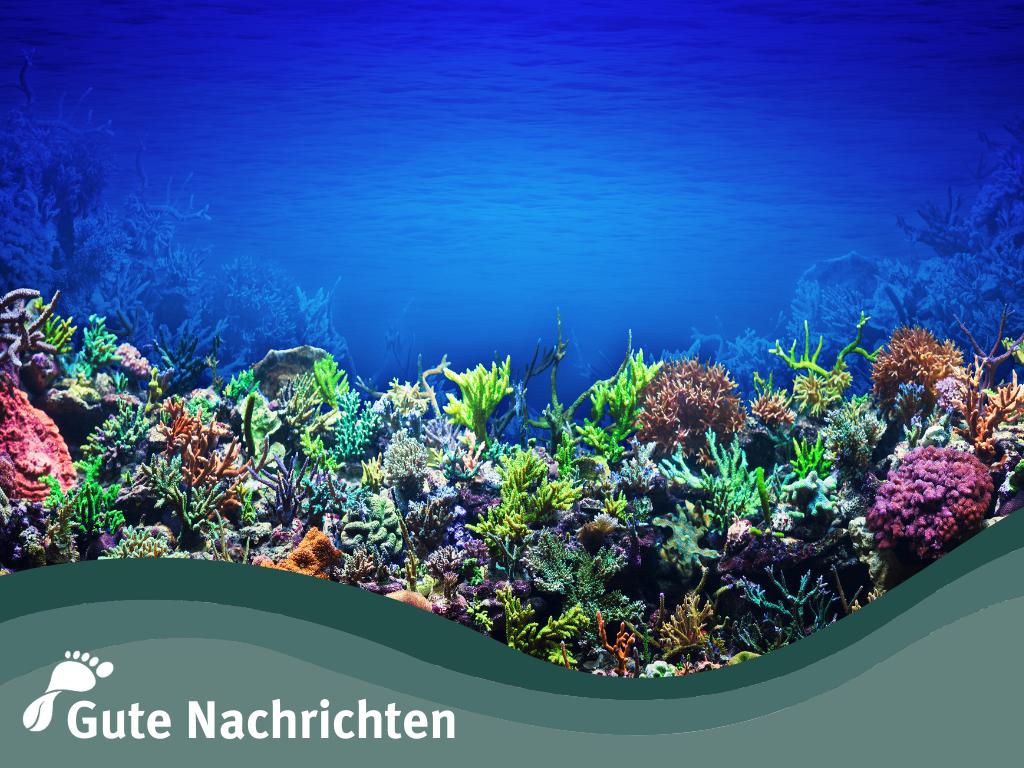Untouched coral reef discovered at a depth of 400 meters

Finally some good news again!
During the Galápagos Deep 2023 expedition, researchers discovered an untouched coral reef with countless rare species at a depth of 400 to 600 meters.
"It can also help us to reconstruct past ecosystems in the sea in order to understand today's climate change," says Start Banks from the Charles Darwin Foundation.
It stretches over the crest of a sunken volcano and is several kilometers long, the Charles Darwin Foundation announced on Monday.
Until now, Wellington Reef, located in the north of the archipelago, was one of the few coral reefs off the Galápagos Islands to survive the El Niño climate phenomenon in the early 1980s.
Galápagos?
Belonging to Ecuador, the Galápagos Islands are located around 1000 kilometers west of the South American coast in the Pacific Ocean.
Its special flora and fauna made the archipelago a Unesco World Heritage Site in 1978.
There are unique species that only occur here.
These include marine iguanas, land iguanas and Galápagos finches. Charles Darwin visited the islands in 1835. His theory of the origin of species was given much food for thought there.
What is so special about this reef?
The fascinating thing about this reef is that it is very old and essentially untouched.
In addition, the percentage of living corals in the deep sea is usually 10 to 20 percent - in this case it is 50 to 60 percent. This is absolutely extraordinary!
This special reef is teeming with life: Pink octopus, sea bats, lobsters and a variety of deep-sea fish, sharks and rays.
pro.earth conclusion:
We hope for many more finds of this kind!






